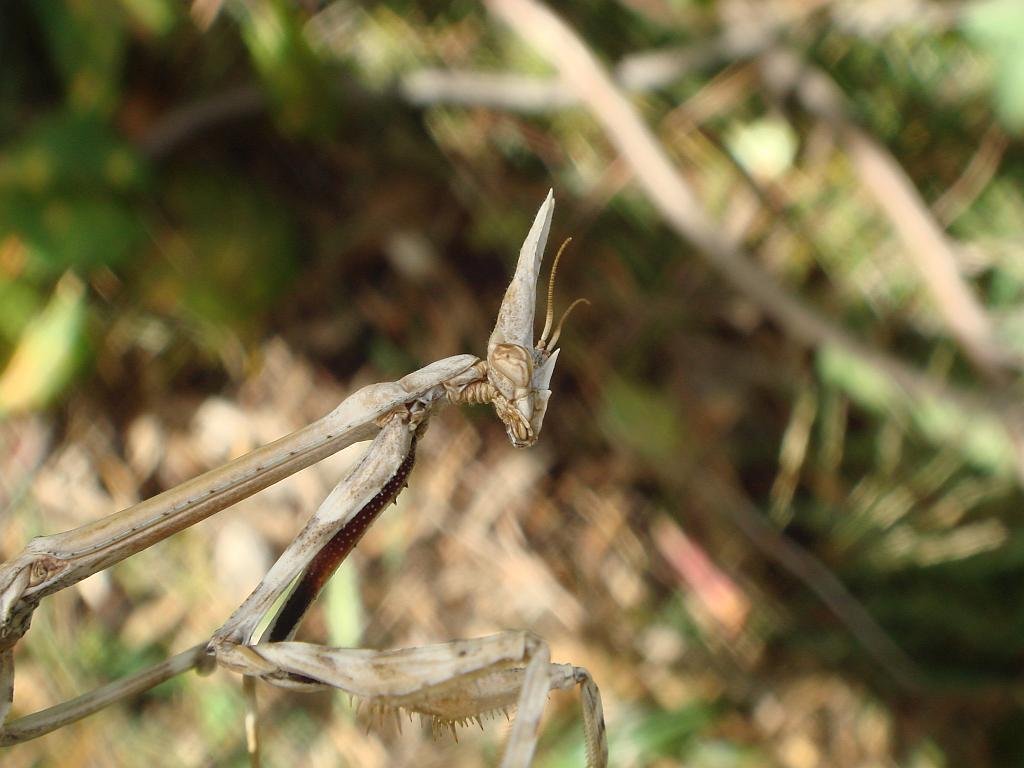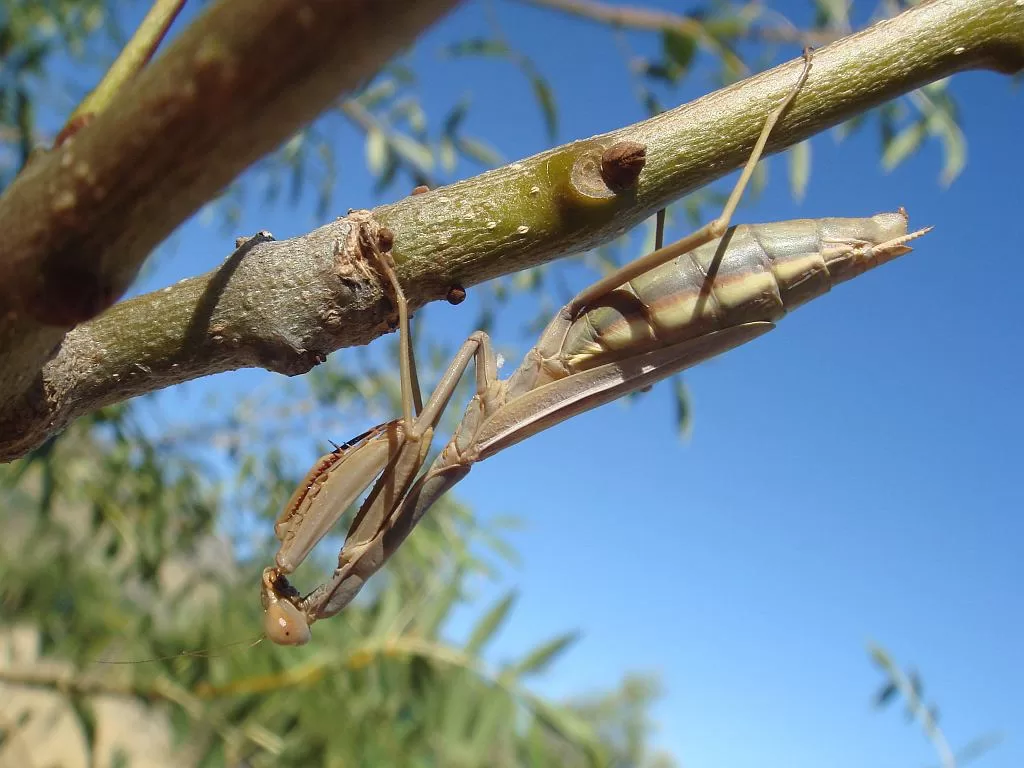Mantises, commonly known as “Praying Mantises,” are fascinating insects that can be found in various regions of Spain. Some of the more common species, such as the Praying Mantis (Mantis religiosa), European Dwarf Mantis (Ameles spallanzania), African Mantis (Sphodromantis viridis), and Conehead Mantis (Empusa pennata), are often encountered in the country. However, Spain is also home to several rarer species of mantis. These include unique species such as the Geomantis larvoides, Rivetina baetica, Pseudoyersinia canariensis, Blepharopsis mendica, Pseudoyersinia paui and Perlamantis alliberti, which are less commonly observed but are nonetheless intriguing and worthy of study. In this article, we will delve into these rarer mantis species found in Spain and explore their characteristics, distributions, and habitats. So, Rare Mantises in Spain: A Closer Look at Lesser-Known Species.
I’ve been living in this lovely area of Western Andalucia for the last 20 years or so and dedicate most of my time to the running of English language tourist information websites for the towns of Cádiz, Ronda, Grazalema, the famous or infamous Caminito del Rey, and also Wildside Holidays, which promotes sustainable and eco-friendly businesses running wildlife and walking holidays in Spain. My articles contain affiliate links that will help you reserve a hotel, bus, train or activity in the area. You don’t pay more, but by using them you do support this website. Thankyou!




